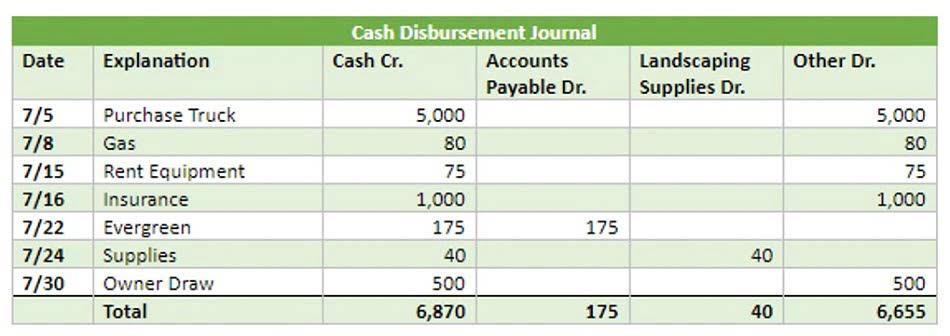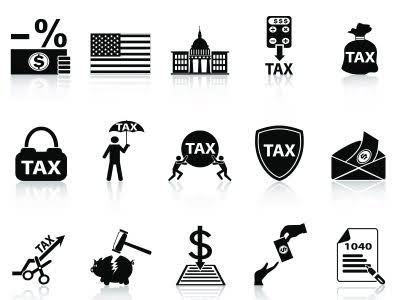
Work with your accountant to be sure you’re recording the correct depreciation for your tax return. The term “depreciation” can also refer to the decline in value of an asset, which is related to wear and tear. However, this is not the meaning of depreciation in accounting nor what the Depreciation Expense on the income statement measures. The Section 179 expense allows business owners to deduct up to $1,220,000 of the cost of qualifying new or used property and equipment purchases automatically for the 2024 tax year. One of the advantages of this deduction is that you’ll immediately receive tax savings from the purchase of an asset rather than gradually saving taxes through depreciation in future years. The IRS publishes tables that you can use to calculate your annual tax depreciation, and the underlying depreciation method used to calculate the tables differs based on the life of the assets.

Depreciation Expense Explained: Definition, Calculation, & Impacts
- The straight-line method, declining balance method, and units of production method are the most common.
- When this is combined with the debit balance of $115,000 in the asset account Fixtures, the book value of the fixtures will be $5,000 (which is equal to the estimated salvage value).
- For example, buildings and equipment in areas with strong weather may see more rapid wear and tear from rust, water, and environmental damage.
- This method tries to match the depreciation with the wear and tear the equipment undergoes, by linking the deprecation to the asset usage.
- Tax implications often drive depreciation method selection, as different approaches can significantly impact taxable income.
- Consistent recording processes facilitate accurate financial reporting and support better decision-making regarding asset replacement and capital expenditure planning.
- In most depreciation methods, an asset’s estimated useful life is expressed in years.
Instead of decreasing the book value, SYD calculates a weighted percentage based on the asset’s remaining useful life. An expense reported on the income statement that did not require the use of cash during the period shown in the heading of the income statement. Also, the write-down of an asset’s carrying amount will result in a noncash charge against earnings. In this example, the depreciation will continue until the credit balance in Accumulated Depreciation reaches $10,000 (the equipment’s depreciable cost). If the equipment continues to be used, no further depreciation expense will be reported. The account balances remain in the general ledger until the equipment is sold, scrapped, etc.
- You can learn more about impairment losses by reading the appropriate parts of an Intermediate Accounting textbook or visiting the Financial Accounting Standards Board’s website.
- This means that even though they spent $500,000 (trade difference), the first-year taxable income would increase $100,000.
- Regular review of depreciation policies and calculations helps identify opportunities for improvement while ensuring continued compliance with evolving accounting standards and tax regulations.
- In total the amount of depreciation over the life of the asset will be the same as straight-line depreciation.
- This cumulative figure reflects the total depreciation charged over the asset’s operational history, providing a holistic view of its value reduction.
- She supports small businesses in growing to their first six figures and beyond.
Depreciation and Taxes
If the revenues earned are a main activity of the business, they are considered to be operating revenues. If the revenues come from a secondary activity, they are considered to be nonoperating revenues. For example, interest earned by a manufacturer on its investments is a nonoperating revenue. When you join PRO Plus, you will receive lifetime access to all of our premium materials, as well as 14 different Certificates of Achievement.
What assets cannot be depreciated?

In the first accounting year that the asset is used, the 20% will be multiplied times the asset’s cost since Bookkeeping for Veterinarians there is no accumulated depreciation. In the following accounting years, the 20% is multiplied times the asset’s book value at the beginning of the accounting year. This differs from other depreciation methods where an asset’s depreciable cost is used. As to why businesses use it, depreciation expense can be a significant benefit when it comes to financial planning and tax obligations.

A fixed asset such as software or a database might only be usable to your business for a certain period of time. After an asset is purchased, a company determines its useful life and salvage value (if any). Because you’ve taken the time to determine the useful life of your equipment for depreciation purposes, you can make an educated assumption about when the business will need to purchase new equipment. The earlier you can start planning for that purchase — perhaps by setting aside cash each month in a business savings account — the easier it will be to replace the equipment when the time comes. Find out what your annual and monthly depreciation expenses should be using the simplest straight-line method, as well as the three other methods, in the calculator below.

In scenarios where the assets don’t generate expected returns, the depreciation expense claimed helps mitigate the impact on the business finances. By lowering What is bookkeeping tax liabilities, a significant portion of cash remains within the business. This cash can be channeled towards growth-enhancing initiatives like research and development, expansion, or marketing efforts.
How Depreciation Affects Taxes?
We believe everyone should be able to make financial decisions with confidence. Given the details of depreciation and how it affects taxes, it can be helpful to collaborate with tax experts. You invest in a new piece of manufacturing equipment for $100,000, with an expected useful life of 10 years and a salvage value of $10,000. Salvage value, also called residual value, is the estimated amount you expect to receive when disposing of the asset at the end of its useful life. The assets normally treated as Fixed Assets are an office building or building belonging to the entity, land belonging to the entity, computer equipment, entity care, and others. Insights on business strategy and culture, right to your inbox.Part of the business.com network.
Methods for Computing Depreciation Expense
Therefore, the “double” or “200%” will mean a depreciation rate of 20% per year. The assets to be depreciated are initially recorded in the accounting records at their cost. Cost is defined as all costs that were necessary to get the asset in place and depreciation expense meaning ready for use.
